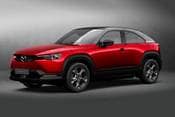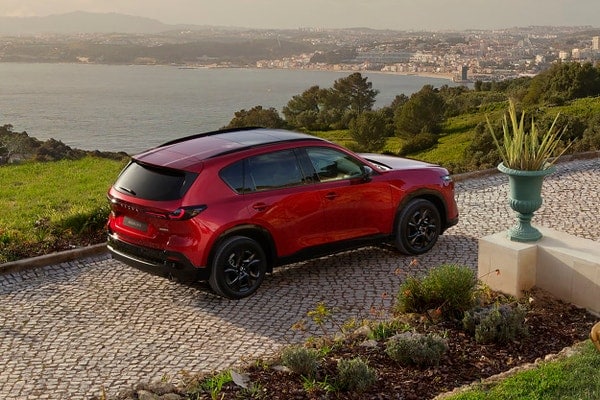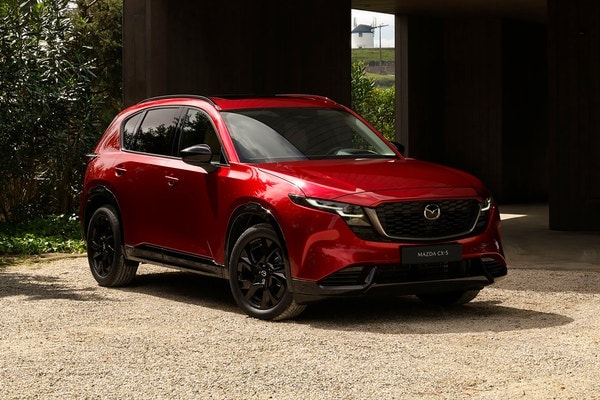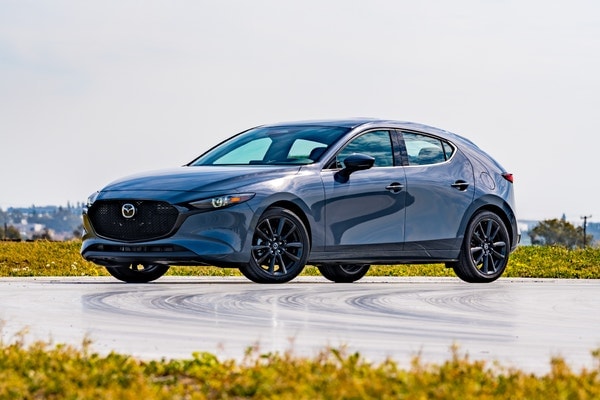The MX-30 will be available as a purely electric vehicle with front-wheel drive. Its electric motor produces 143 horsepower and 200 lb-ft of torque. This is significantly less powerful than rival EVs. The Chevrolet Bolt, for example, makes 200 hp and 266 lb-ft of torque.
Prepare yourself for more disappointment, as the MX-30's 35.5-kWh battery pack will only power about 100 miles on a full charge. Even though 100-ish miles is enough for most commuters, it harks back to EVs built in 2015, not 2022. Most budget-friendly 2022 EVs can easily crest 200 miles and are better suited for longer trips.
To its credit, Mazda is offering a special loaner program to help compensate for the MX-30's limited range. This gives MX-30 owners access to another Mazda vehicle for 10 days per year for the first three years of ownership.
Another MX-30 version will arrive sometime in 2022, and this is where things get weird — or cool, depending on how much you're invested in Mazda's history. A plug-in hybrid is on the way, but unlike most hybrids (in which the engine can power the wheels directly) the engine will be used as a generator/range extender, much like the one in the now-discontinued BMW i3. That means the wheels will always be driven by an electric motor, with power either coming directly from the battery pack or, if it's drained, by using a gasoline engine to power an electric generator, which replenishes the battery.
Notably, the engine Mazda has tasked with being the generator will be of the rotary persuasion, which is a nod to the company's long and unique history with that powertrain. Known for its smoothness and compact size — but not its fuel efficiency — the rotary is a curious choice for an onboard power generator.









